Just call her 'Queen Lucy': PBS looks at royal photo albums with quirky British historian Lucy Worsley
There can never be too much royals content on American public TV – The palaces! The jewels! The clothes! – so get ready for more, presented by Britain's cheekiest and most entertaining royal historian, Lucy Worsley.
American royal fans will know her: She's the one who dresses in period costume for her programs on Britain's past and present. She's the one who manages to make facts seem like fun while delivering idiosyncratic observations on the tragedies and triumphs of days gone by.
There she is, her mouth in blazing lipstick, her blond bob peeking out from an elaborate headdress as she glides down a palace corridor in a sumptuous gown, explaining the many tribulations of the six woeful wives of Henry VIII.
"Everything is different about the world of the past, including the way we think and move, and you get a sense of that through the clothing," Worsley said in a phone interview with USA TODAY. "I’m shameless about (dressing up). I've got no problem at all trying to make things accessible; that’s my job. It will be accessible and well-researched and presented with a twinkle in the eye."
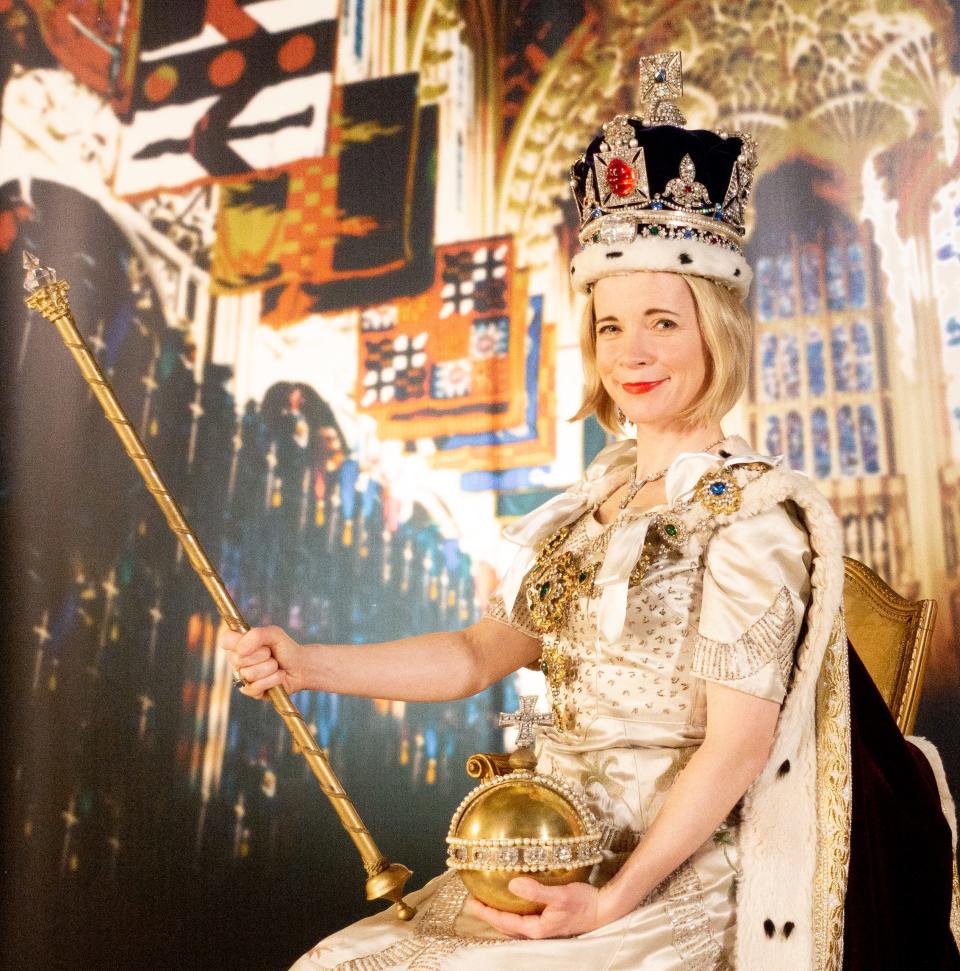
Now her name is in the title, too, as "Lucy Worsley's Royal Photo Album," a new special, airs Sunday (8 EDT/PDT; check local listings). And on Sept. 13 comes "Lucy Worsley's Royal Palace Secrets," Both projects are co-produced by the BBC and have already aired in the U.K.
These follow other recent Worsley programs on PBS, including "Lucy Worsley's 12 Days of Tudor Christmas"; "Tales from the Royal Bedchamber"; "Victoria & Albert: The Wedding"; "Lucy Worsley's Royal Myths and Secrets"; "A Very British Romance"; and "Jane Austen: Behind Closed Doors."
"From her very first appearance on PBS, Lucy has been beloved by our audience," said Bill Gardner, VP of programming and development for PBS. "She brings a fun personality, a sharp wit and a winking sense of humor to the histories she tells."
Worsley is impressively credentialed, with first-class history degrees from Oxford University, dozens of books to her credit and a day job as chief curator of Historic Royal Palaces, the charity that manages the Tower of London, Hampton Court Palace and Kensington Palace.
She knows her stuff. In "Royal Photo Album," she explores how early photography practically saved the British royals from European anti-monarchist fever in the 19th century by allowing them to present themselves casually, as a relatable family.
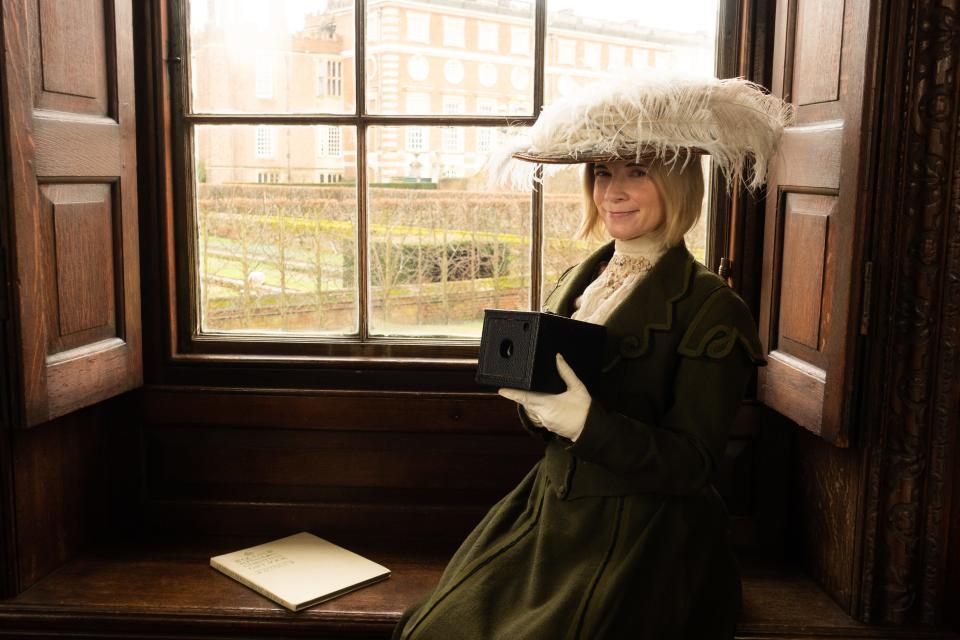
She trips through 200 years of history, looking at royal shutterbugs past and present, examining the invention of the royal "walkabout" and the royal "photo call" and perusing the fashion-glamour photos of glamorous Princess Margaret and her husband, the society photographer Lord Snowdon. She interviews royal photographers to learn the tricks of their trade and looks at how contemporary royals are using Instagram and other social media to forge bonds with their subjects.
Her model for 'Royal Photo Album'
Just call her "Queen Lucy."
She's Queen Elizabeth II in her robes and crown at her 1953 coronation, when Cecil Beaton photographed her for an official portrait that still stands as one of the most iconic pictures of Her Majesty's longest-ever 68-year reign.
"It's the most splendid costume I've ever worn," Worsley said. "We re-created the coronation portrait, which is one of the works of art we discuss in the program. What we learned is we can unpack how (Beaton) achieved his effects: It looks like she's in Westminster Abbey, but it's actually in Buckingham Palace (on a set dressed to look like the abbey). I've got on robes, I'm wearing very red lipstick, as she was wearing, and there's a movie light in my face to create a cinematic effect."
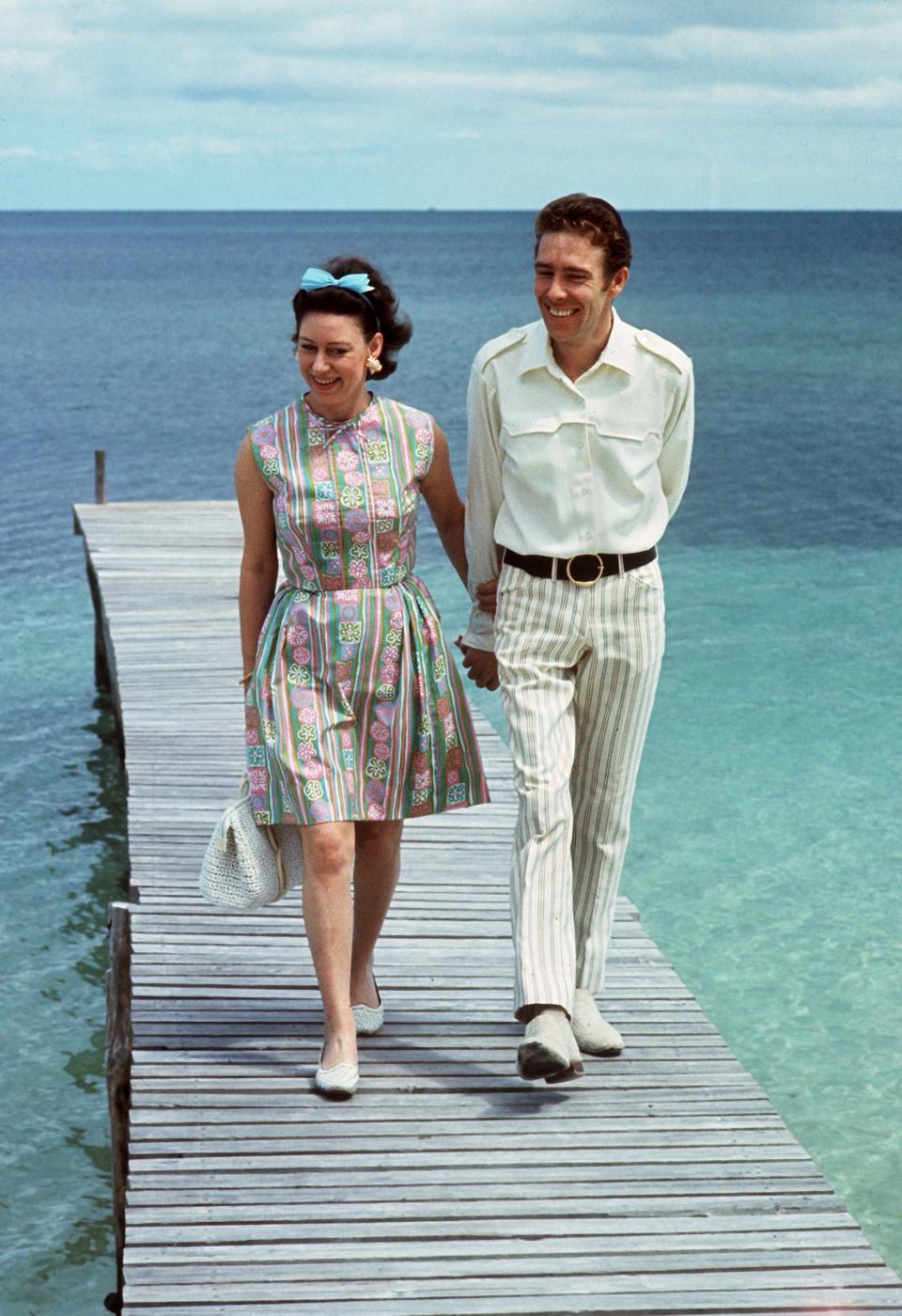
It's a picture that combines the ancient ritual of the abbey and the traditional royal portrait with Hollywood glamour to present the new queen as a combination of tradition and 1950s modernity, she says.
Why photography is important to the royals
"Photography is a kind of superpower for the royals, it's their way of communicating with us once painting becomes obsolete (as the sole form of depicting monarchs)," Worsley said. "Photography was affordable; you had to be rich to afford a painting by Holbein but you could get little photos of Queen Victoria, about the size of a visiting card, and you could say: 'The queen is in my house.'
"(Victoria's husband) Prince Albert, learned photography early and quickly embraced it. He had a darkroom at Windsor Castle, he employed photographers, and he began to realize that it could be useful." .

After Albert died in 1861, Victoria became cannier about photography as her reign continued.
"For her Diamond Jubilee celebration in 1897, her official portrait carried no copyright, so anyone could reproduce it. It was designed to take off and become popular," as a sort of 19th-century version of going viral, Worsley said.
Plus, the 78-year-old then-empress knew what her subjects wanted to see: "You can see her portrait was filtered, airbrushed, her hair was thickened, her wrinkles smoothed a bit."
Modern-day royal photo buffs become social media stars
How do they compare with their historical counterparts?
"My analogy is Kate (Duchess of Cambridge) using Instagram to post pictures (she takes) of her family," Worsley said. "In the late 19th century, Victoria's daughter-in-law, Princess Alexandra (later queen consort to Edward VII), did exactly the same thing with her Kodak camera and allowed them to be published. This gave the public a behind-the-scenes look at the royals they had never seen before."
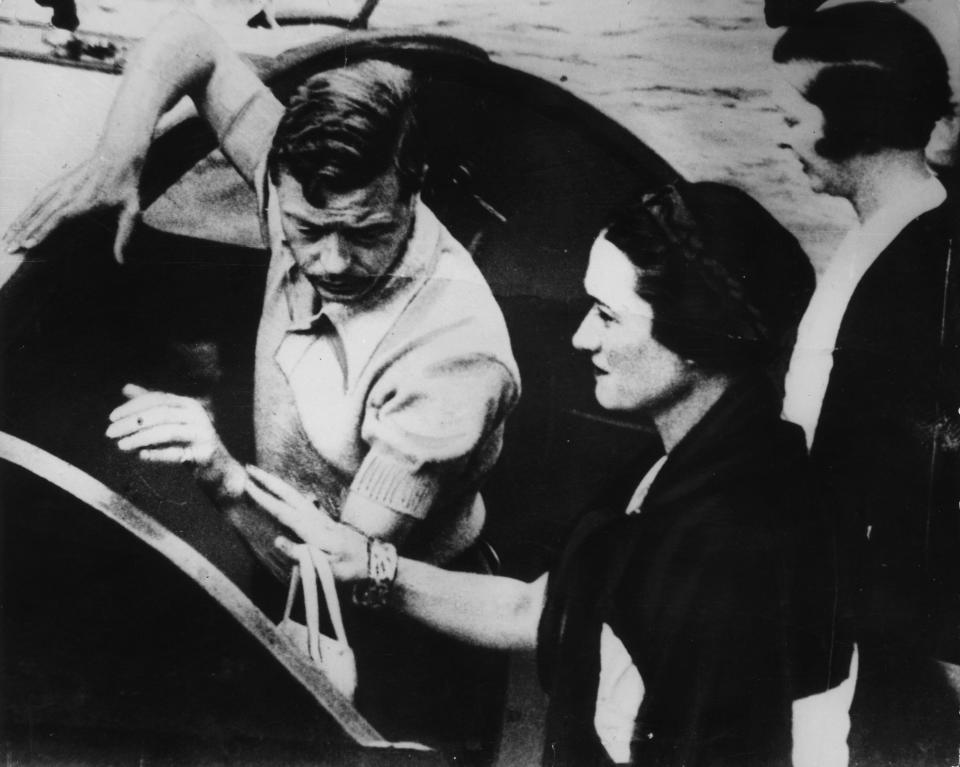
How photography damaged the royals
"We argue that it helped cause the greatest challenge ever faced by the monarchy, the 1936 abdication of Edward VIII, known as David to his family, when he sought to marry an American divorcée, Wallis Simpson," Worsley said. "David cavorted with Mrs. Simpson and it was widely reported in the foreign press, but not in the U.K. under a 'gentleman's agreement.'
"Eventually, there were photos of him and Wallis on a yacht in the Mediterranean, which showed them touching and in close proximity. This was such dynamite the British papers just printed them, they couldn't resist. And 10 days later, he gave his abdication speech. It's a cautionary tale that says it's fine to act like a movie star, but it's not fine if the wrong pictures get into the papers."
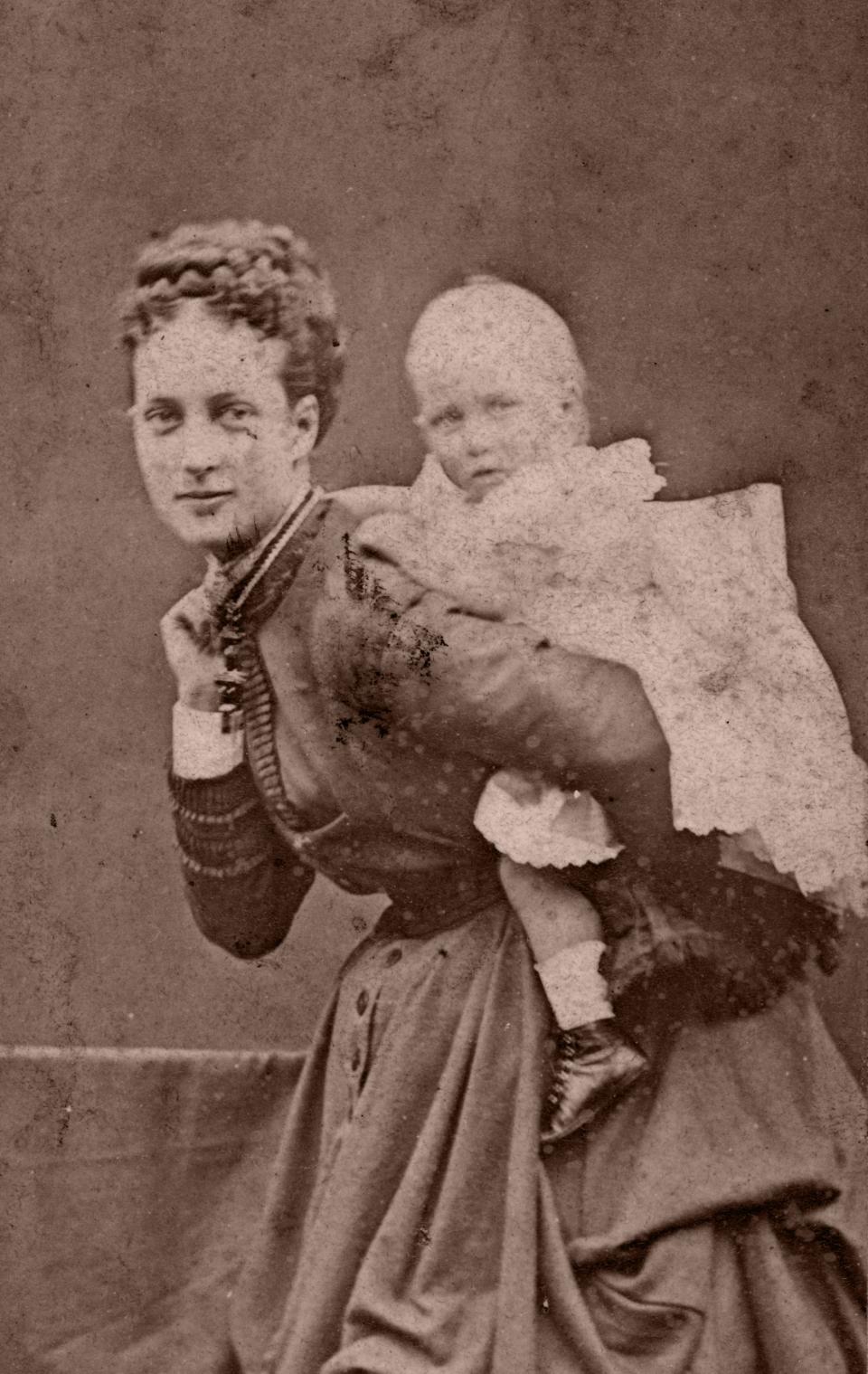
How the Windsors use photography
In an "incredibly well-judged way," Worsley said. "The role of photography in crisis and recovery is fascinating, a dance between providing access and destroying the magic and mystique of the monarchy."
The queen's father, George VI, understood instinctively how to present himself, in contrast to his departed brother, by releasing homely family photos of himself with his wife and two daughters, Worsley said. That endeared them to the public, especially during the hard years of World War II.
The queen, 94, who's possibly the most photographed human in history, has often said she must be seen to be believed, and for decades her subjects saw her but rarely heard her. Now, locked in quarantine in Windsor Castle, she's participating in Zoom calls in which she can be heard, which fascinates Worsley as much as any Brit.
"I think we're all surprised about that," she said.
This article originally appeared on USA TODAY: PBS looks at royal photos with quirky British historian Lucy Worsley


